In Part 2 of The Legacy of Storer College (1867–1955), MSV Curator of Collections Nick Powers continues to explore the 150-year-old history and rise to national status of Storer College through several objects gifted to the MSV by descendants of the College’s founders: Nathan Cook Brackett (1836-1910) and his wife Louise Wood Brackett (1842–1936).
by Curator of Collections Nick Powers
Like many schools founded after the Civil War to teach formerly enslaved people to read and write, the core of Storer College’s first curriculum was elementary education.[i] By the early 1900s, though, the school’s curriculum had expanded to include normal education (training for teachers). As time passed, the College also offered vocational instruction such as sewing and dressmaking for women and carpentry and caning chair bottoms for men.
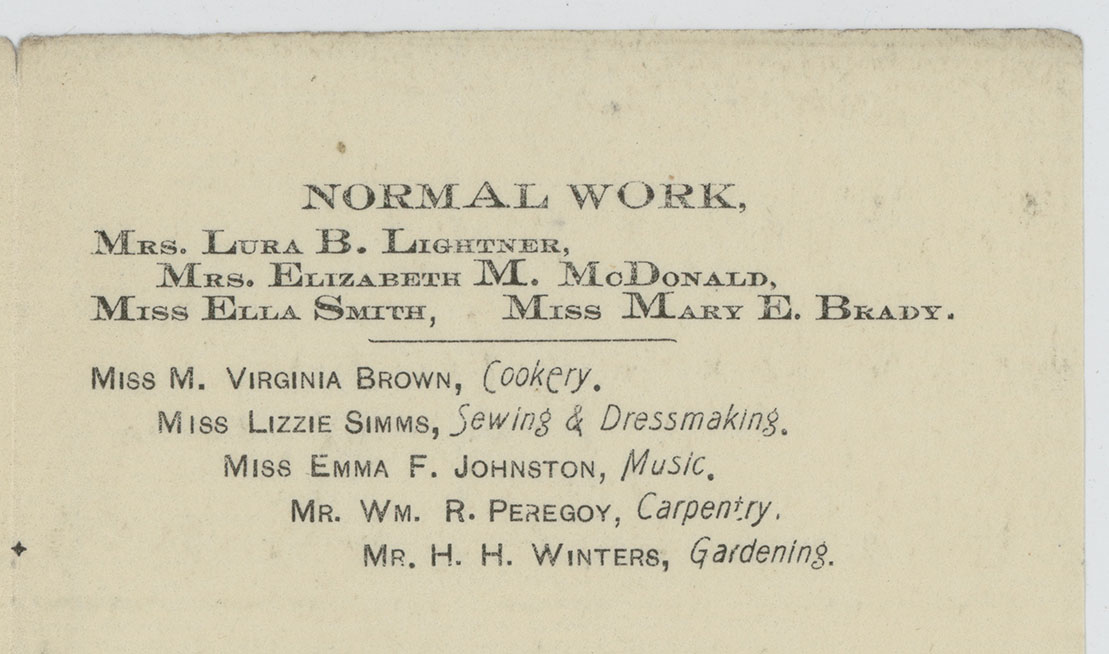
Fig 1. Storer College curriculum offerings from a 1907 letterhead. Collection of the Museum of the Shenandoah Valley, 2009.0010.9, gift of Mrs. Anne Dungan, Mr. John C. Newcomer, Mr. Thomas W. Newcomer, and Mrs. Elizabeth Snyder.
Over the years, Storer College also hired more black educators. Founder Nathan Brackett believed that Storer’s students would benefit most by learning from fellow African Americans—uplifting both teachers and students—rather than continually relying on white missionary teachers from New England. Black teachers became increasingly more common, but the College would not see a black president until 1944 with Richard I. McKinney (1906-2005).
Nathan Brackett, of course, served as the school’s first president from its opening in 1867 until he retired three decades later in 1897. Even after retiring, though, he served as the College’s treasurer until just before his death. Nathan and Louise Brackett made Harpers Ferry their permanent home and lived in another converted armory building—called Brackett House—directly across the green from Lockwood House.
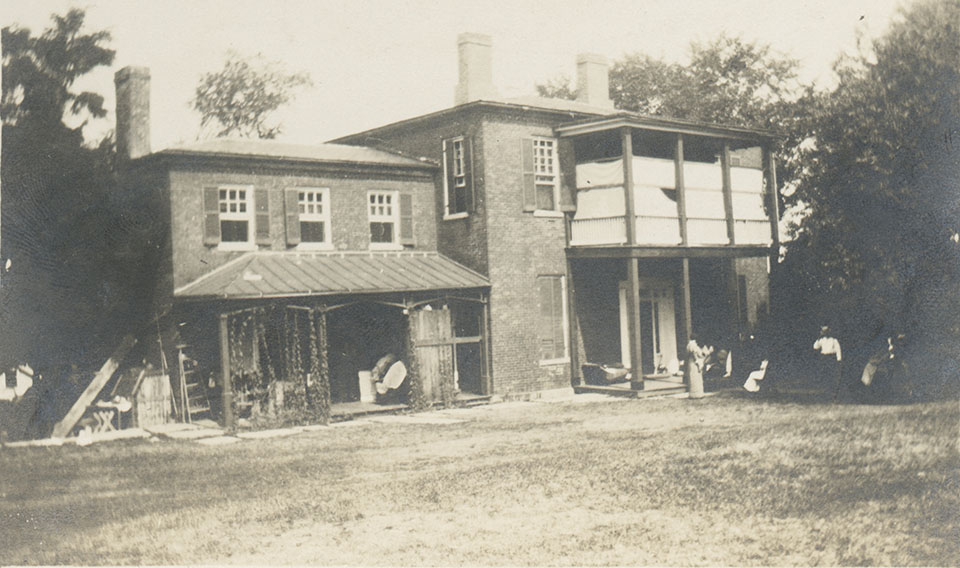
Fig 2. Bracket House, home to Nathan Cook and Louis Wood Brackett, about 1890. Built in 1858 and conveyed to Storer College in December 1869. Collection of the Museum of the Shenandoah Valley, 2009.0010.9, gift of Mrs. Anne Dungan, Mr. John C. Newcomer, Mr. Thomas W. Newcomer, and Mrs. Elizabeth Snyder.
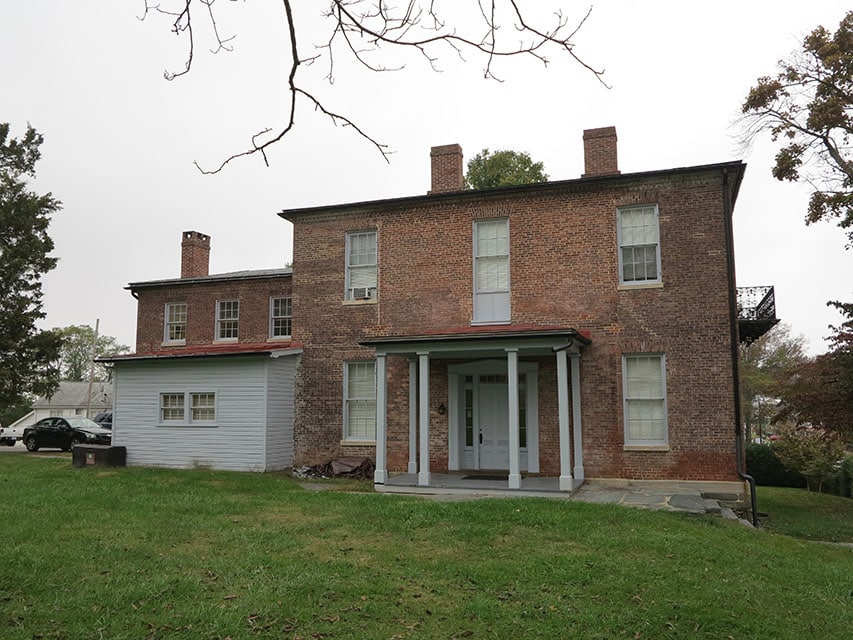
Fig 3. Brackett House as it appears today. Photo by Nick Powers.
While Nathan ran the day-to-day affairs of the College, Louise Brackett taught art to Storer’s students. The MSV retains close to ninety examples of Louise’s art in its permanent collection. These include numerous scenes in and around Harpers Ferry as well as the portrait of Nathan Cook Brackett illustrated in Part 1.
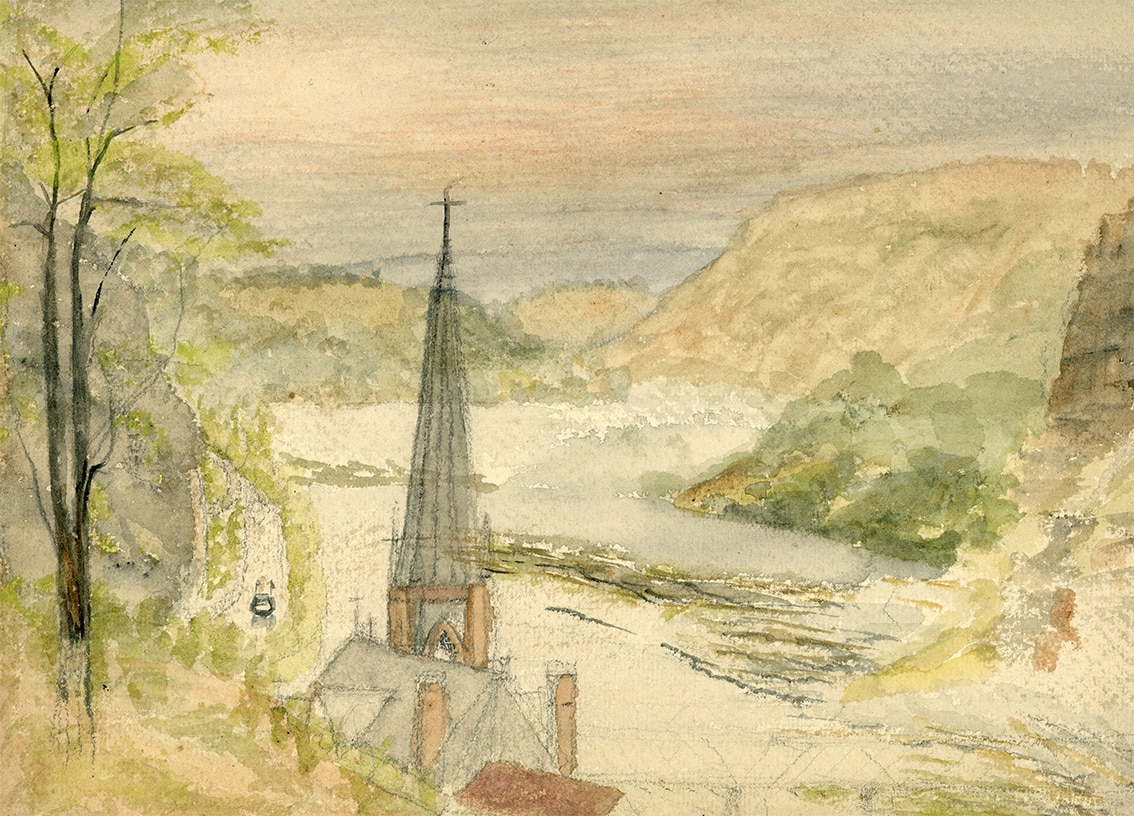
Fig 4. View of Harpers Ferry from Jefferson Rock attributed to Louise Wood Brackett (American, 1842-1936), Harpers Ferry, WV, late 1800s or early 1900s. Watercolor and ink on paper. Collection of the Museum of the Shenandoah Valley, 2009.0010.9, gift of Mrs. Anne Dungan, Mr. John C. Newcomer, Mr. Thomas W. Newcomer, and Mrs. Elizabeth Snyder.
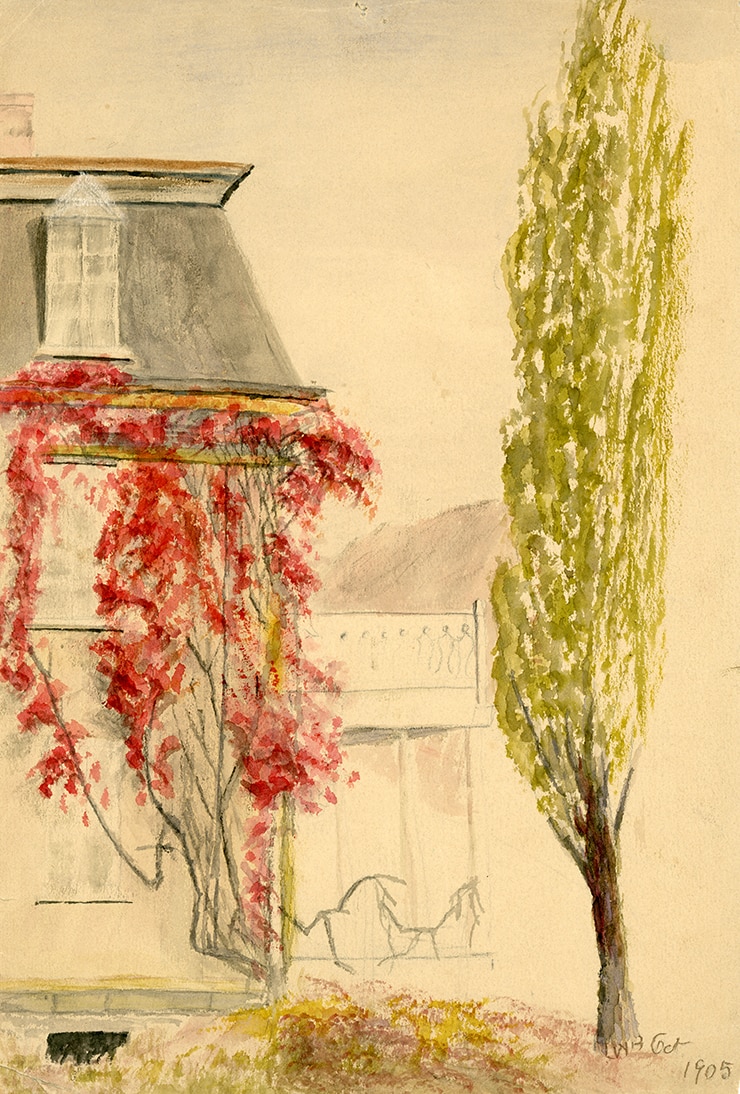
Fig 5. View of Lockwood House or Myrtle (later Mosher) Hall attributed to Louise Wood Brackett (American, 1842-1936), Harpers Ferry, WV, 1905. Signed lower right: “LWB Oct / 1905”. Watercolor and ink on paper. Collection of the Museum of the Shenandoah Valley, 2009.0010.9, gift of Mrs. Anne Dungan, Mr. John C. Newcomer, Mr. Thomas W. Newcomer, and Mrs. Elizabeth Snyder.
One of Louise’s most important artistic contributions came in 1913, when she drafted the drawing that became the College’s seal. The seal centers on a depiction of the famous Jefferson Rock above Harpers Ferry. Below the seal is the school’s motto: “LABOR OMNIA VINCIT,” which translates to “Work Conquers All.”
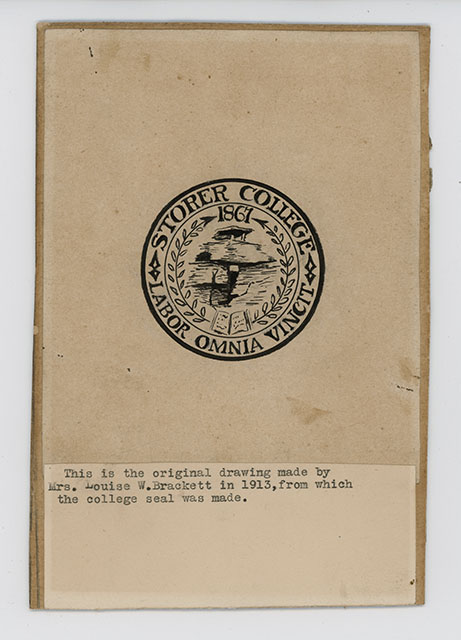
Fig 6. Storer College seal drawing attributed to Louise Wood Brackett (American, 1842-1936), Harpers Ferry, WV, 1913. Ink on paper. Collection of the Museum of the Shenandoah Valley, 2009.0010.9, gift of Mrs. Anne Dungan, Mr. John C. Newcomer, Mr. Thomas W. Newcomer, and Mrs. Elizabeth Snyder.
Storer College remained a local resource for African Americans throughout its years of operation, but it leapt onto the national stage in the early 1900s. In 1906, the Niagara Movement led by civil rights advocate W. E. B. DuBois (1868-1963) held its second meeting and its first on United States soil on the Storer College campus.
DuBois founded the movement the year before to centralize the push for African American civil rights after setbacks like the failure of Reconstruction and the Supreme Court’s 1896 separate but equal ruling. DuBois intended for the first inaugural meeting to be held in Buffalo, New York. But when white hotel owners refused the group accommodations, its members migrated across the border to the Canadian side of Niagara Falls, from which the movement took its name.
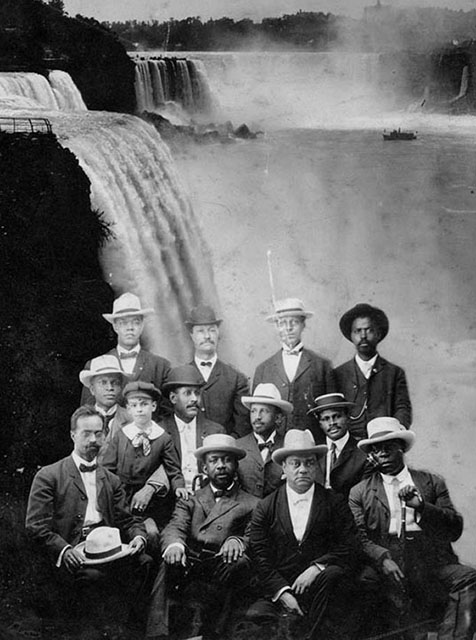
Fig 7. The Niagara Movement founders at its first meeting in 1905. W. E. B. DuBois is pictured second row, second from right. Courtesy Library of Congress, Prints and Photographs Division, Washington, D.C.
The Niagara Movement concluded their first meeting with the adoption of a Declaration of Principles. It included a call for equal job opportunities and education and the right to vote for women as well as men. The next year, the Niagara Movement returned to the stateside U.S. for its American debut at Harpers Ferry and Storer College.
The choice of Storer College was significant for several reasons. The foremost was Harpers Ferry’s connection to John Brown’s raid in 1859. A highlight of the Niagara meeting was a pilgrimage to the U.S. armory building in which Brown and his supporters held out and eventually surrendered to Virginia militia.
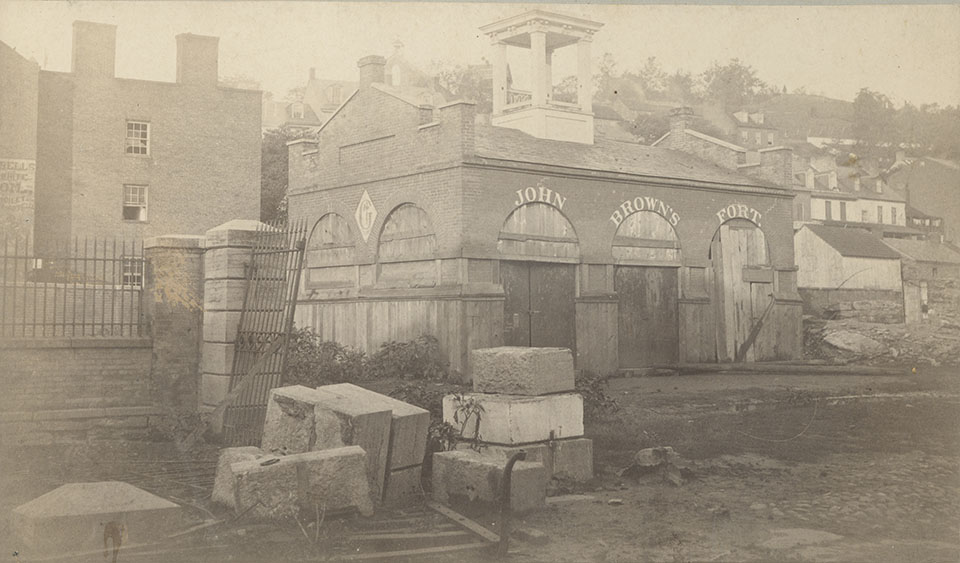
Fig 8. John Brown’s Fort in Harpers Ferry’s lower town in 1890, before it moved up to the Storer College campus. Collection of the Museum of the Shenandoah Valley, 2009.0010.9, gift of Mrs. Anne Dungan, Mr. John C. Newcomer, Mr. Thomas W. Newcomer, and Mrs. Elizabeth Snyder.
The Niagara pilgrimage began at 6 a.m. with over fifty people walking silently to the fort site at the nearby Alexander Murphy farm. Storer College had purchased the building from Alexander Murphy in 1903, but it would not be until 1909 that the College relocated the building to a bluff on its campus overlooking the lower town. The building did not return to its original location in the lower town until 1968, after Storer had closed and the Harpers Ferry National Historical Park formed.
As the pilgrims neared the fort on the Murphy Farm, they removed their shoes and socks. The participants then marched single-file around the fort singing “The Battle Hymn of the Republic” and “John Brown’s Body.”
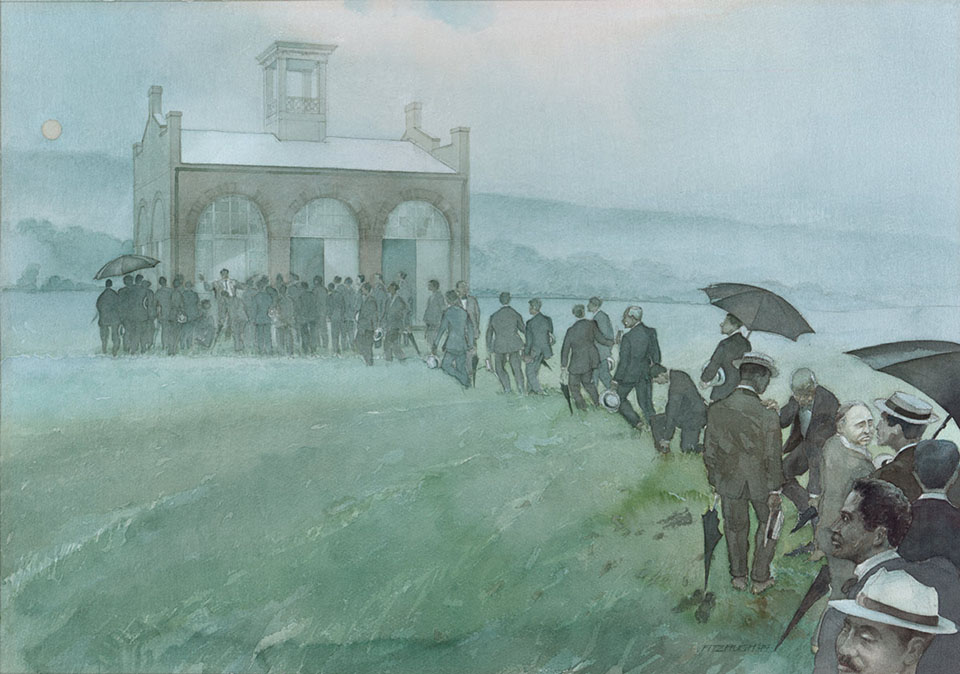
Fig 9. Marching to a Monument for Freedom by Richard Fitzhugh (American, b. 1944), 1994. Watercolor. Courtesy Harpers Ferry Park Association, National Park Service.
The Niagara Movement disbanded in 1911, but its members later formed the backbone of the National Association for the Advancement of Colored People (NAACP). Nathan Cook Brackett was seventy years old during the Niagara meeting at Harpers Ferry. He died a few years later in 1910. Louise outlived her husband by just over twenty-five years and also passed away in Harpers Ferry.
Storer College continued its educational mission even after the deaths of its founders until its doors closed in 1955. Ironically, the Brown vs. The Board of Education of Topeka Supreme Court decision in 1954 directly contributed to Storer’s dissolving. With the separate but equal ruling struck down, the West Virginia legislature determined that it no longer needed to provide funding for separate schools.
Storer College officially closed its doors in June 1955. The campus found new life with the opening of the Harpers Ferry National Historical Park in 1962. Storer’s educational mission continues today as portions of the campus provide training grounds for park staff from across the country.
Storer College’s legacy lives on through those students who remember it, their descendants, and those who study the school’s impact. This sentiment was no more apparent than during the National Parks’ 150th anniversary event held several weeks ago. Storer alumni and their children joined Brackett family descendants, park staff, and the public for three days’ worth of remembrance, reflection, and celebration. Make sure to visit the Harpers Ferry National Historical Park website for other programs this year focusing on Storer’s history.
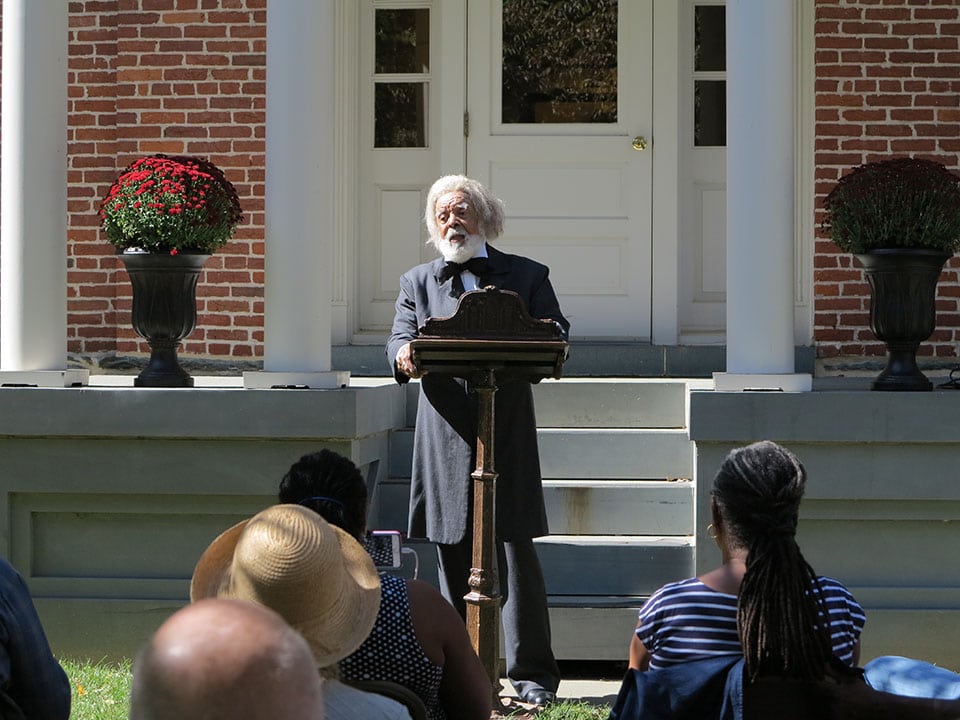
Fig 10. Actor Frederick A. Morsell reenacts an 1881 speech given by Storer College trustee and abolitionist Frederick Douglass on the nature of John Brown’s 1859 raid. Photo by Nick Powers.
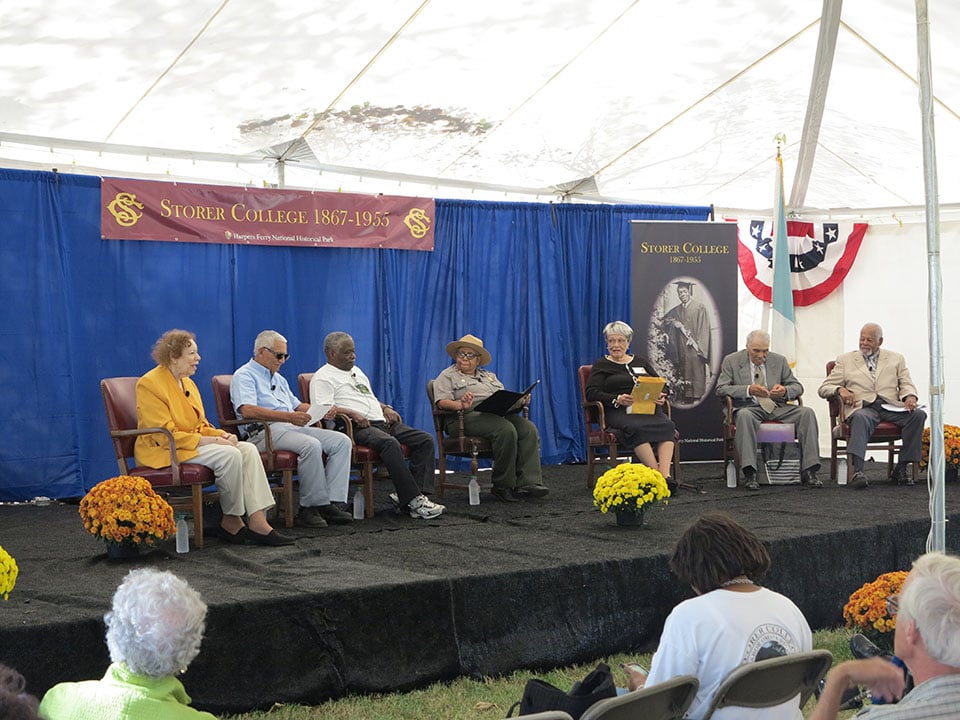
Fig 11. Storer College alumni recall their time at school during a panel led by National Park Service Ranger Guinevere Roper. Photo by Nick Powers.
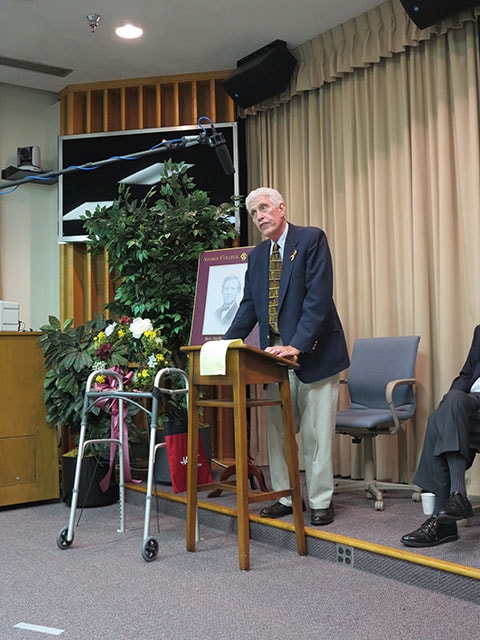
Fig 12. Brackett family descendant and MSV donor John C. Newcomer offers comments during the Brackett memorial on Sunday morning. Photo by Nick Powers.
The Storer College objects at the MSV best tell the Brackett family story, but theirs is just one of countless stories formed and impacted by the institution. I encourage you to go beyond this blog and discover some of those stories for yourself. On this 150th anniversary of Storer College, this blog can be concluded no better than with a poem by 1941 alumna Irene V. Napper—now a part of the MSV Collection—dedicated to Nathan Cook and Louise Wood Brackett’s educational legacy:
No poet’s pen, nor artist’s brush
However great with fame
Can Justly write, or fully sketch
The honor due a name.
Tho’ some have made attempts at both
And boast with pride of fame
But did they rightly Justify
Another’s honored name?
It is thru deeds and act alone
And living by the same
That each one has a right to live
With honor to his name.
Down thru the years the torch you’ve borne
Still lighting with it flame
The way to Knowledge and with pride
We honor your great name.
As pioneers who have ‘blazed the trail’
To Knowledge and to fame
We follow. And with Joy revere
The honor due thy name.
[i] For excellent resources on Storer College’s history, see Dawne Raines Burke, An American Phoenix: A History of Storer College from Slavery to Desegregation, 1865-1955 (Pittsburgh, PA: Geyer Printing, 2006) and “To Emancipate the Mind and Soul” Storer College 1867-1955, edited by Catherin Baldau (Harpers Ferry, WV: Harpers Ferry Park Association, 2017).